Five different trades for an ace the Mets can consider this winter
David Stearns has said the club intends to be more aggressive and proactive with their pitching, and they really need a true ace for the top of their rotation right now
At the season’s post-mortem, Mets President of Baseball Operations David Stearns essentially said the buck stops with him regarding the roster construction, which led to a disappointing collapse to a once-promising 2025 season.
He’s right - he and his front office, not the manager or its coaching staff, which was mostly let go, are responsible for the entirety of who is in that room on a daily basis.
Roster construction is more than who Stearns signs and doesn’t sign, of course. We often forget that the in-season maneuvering can be nearly as important as who they sign, don’t sign, or the trades they ultimately make or don’t make. They’re responsible for evaluating who could help on the waiver wire, international scouting and signings, the Syracuse shuttle, and ensuring the game-day roster is being efficiently presented to the manager for proper deployment.
And so much more, of course.
I’ve talked about the willful clog the Mets created on their roster at third base already, which to me wasn’t the grandest of plans from Stearns as much as he defended it over the course of the season. But I do think the front office handled the Syracuse shuttle well with respect to the bullpen and getting fresh arms into the clubhouse as needed, which, as it turns out, was almost on a daily basis in 2025 thanks to their overused bullpen.
In any event, much of that in-season roster maneuvering might have been avoided if the Mets had a better starting rotation and a rotation that was augmented ahead of the July 31 trade deadline.
Now, as we all know, none of the notable names were moved at the deadline, which was indicative of the price tag with respect to supply and demand. Stearns indicated as much at his end-of-year press conference and said into the mic that fans would not have been happy with what he would’ve had to part with in order to make notable changes to the rotation.
Now, it’s easy to armchair manage this now and challenge that with the fact the rotation was a total flop and headlined the club’s demise in 2025. And I think we can all agree the club sitting at home right now is not okay, and that bolder moves were required before and during the season.
But to be fair, if there was a formula at the trade deadline that might’ve been the difference between sitting at home right now and playing for a championship, I think most people - including the front office - would’ve signed up for that.
After all, Stearns said himself they need to and apparently plan to be more aggressive as they endeavor to improve their pitching staff this coming winter.
So, what could that look like for the Mets?
Let’s start with what the Mets have as shoe-ins for the rotation going into 2026. That’s probably only Clay Holmes and Nolan McLean right now, with David Peterson, Sean Manaea, Brandon Sproat, Jonah Tong, and Kodai Senga all just candidates at this point in the off-season. Peterson and/or Manaea will probably be in the Opening Day rotation, but I am not penning their names as a shoe-in at the moment given how much Stearns has to transform this pitching staff.
I mean, you could see how much Mets manager Carlos Mendoza trusted Manaea on the final day of the year.
That trust had the length of five outs, and that was it.
Peterson wasn’t competitive in his final five starts of the season to the tune of a 12.54 ERA in just 18.2 IP. His struggles extended even further back than that too - he had an 8.42 ERA over his final nine starts in what was uncharted territory from an innings perspective for him in 2025. He couldn’t even be penciled in to pitch against Miami during the final weekend of the year. That’s what the Mets thought of him in the end.
Simply put, this club needs a veteran ace who can go deep into games, induce ground balls and swings-and-misses. They also need to balance that need over the medium-term to keep the pipeline moving for this rotation.
That entire combination is not likely to come via free agency. Sure, they can go sign Framber Valdez, Ranger Suárez, Dylan Cease, or Zac Gallen, but there are issues with all of them, not to mention a likely requirement to give each of them a longer-term contract, which carries its own major risk that David Stearns has been reluctant to take (with obvious consequences, of course). I definitely see the Mets entertaining the secondary free agent starting pitching market.
But the package they need in an ace might only be available via trade and perhaps one player in particular.
I am looking at you, Sandy Alcantara.
His overall line in 2025 wasn’t pretty. He had a 5.36 ERA, 142 strikeouts in 174.2 IP, his walk rate was the highest since 2020.
But, it was his first season back from Tommy John Surgery which cost him the entire 2024 season. Having said that, the velocity was there for him in 2025 and it can only be expected to be more consistent which will in turn improve his other stuff and overall swing-and-miss rates.
Also - much of that 5.36 ERA was from a rough first half and some not-so-good defense behind him. Over his final 13 starts, Alcantara went 7-3 with a 3.33 ERA with 20 walks, 71 strikeouts, and only 67 hits allowed over 83.2 IP. If you do the math, that’s more than 6.1 IP per start over his final 13 starts.
Alcantara is three years removed from a Cy Young and All-Star appearance. Based on how he looked in the second half, there’s no reason he can’t resemble that form as he distances himself from that elbow surgery over time. His salary is also very team-friendly given the caliber of player, as he will earn $17 million in 2026 with a $21 million club option or a $2 million buyout in 2027. He would earn a $1 million bonus if he is traded during this deal, that which was originally a five-year, $56 million contract extension he signed after the 2021 season.
Of course, being that this is Alcantara on a team-friendly deal, this won’t come cheap in prospect currency if the Marlins make him available.
Normally, I’d conclude it’s a no-brainer for Miami to shop Alcantara this winter. He has two years of club control left at a market discount. But, they were pretty good in the second half of 2025, and certainly better than the Mets by the end, so they could use that to either hold onto Alcantara or as leverage to raise the price tag in a trade.
The Mets also have to be mindful of an intra-division trade, especially one of this caliber, and sending players to Miami who could potentially haunt them for the next ten years, especially since Alcantara probably won’t be haunting the Marlins for 10 years if he joins the Mets.
Having said that, the Mets farm system is now in a position where they have intriguing assets to move for players who can fill needs now. That wasn’t the case as recently as a year or two ago, but their farm system and player development programs have significantly improved in that time, and as Sandy Alderson once said, some of their prospects are for them, some of their prospects are ultimately for other teams.
Should the Mets procure Alcantara, that’s just the beginning of what they need, and not close to the end. That doesn’t mean the Mets would then go out and sign or trade for another ace-caliber arm, but they would most certainly need to be in the second tier of the starting pitching markets to fortify the middle of their rotation more and use the likes of Manaea, Senga, and Peterson as lower-layer options and most certainly allow them to send both Sproat and Tong back to Triple-A, which they’d probably love to do.
If they can’t get Alcantara, they could consider a trade for Brewers RHP Freddy Peralta, who is under control for 2026 with an $8 million club option, which will unquestionably be exercised.
Peralta, who will turn 30 next June, was awesome for Milwaukee in 2025, which is pretty indicative of his entire tenure there. He posted a career-best 2.70 ERA and led the league with 17 wins this past season. He allowed 124 hits, 54 walks, and 53 earned runs over 176.2 IP with 204 strikeouts. He has an elite fastball/change-up combination with an outstanding curve and slider. His average fastball velocity was actually up a tick from 2024, going from 94.3 mph to 94.8 mph.
Peralta would be a rental - he can be a free agent after the 2026 season. So in theory, the cost in trade would be less for Peralta than Alcantara, although his $8 million salary for next season is obviously more appealing, especially for what could be a surer thing.
There’s also Joe Ryan from the Twins, who was rumored to be available at the trade deadline but ultimately stuck in Minnesota. Like Alcantara, Ryan, 29, has two years of inexpensive control via arbitration. He went 13-10 with a 3.42 ERA in 171 innings for Minnesota in 2025, striking out 194 batters while walking 39 and allowing 134 hits in 31 appearances, 30 starts. His strikeout rate was in the 84th percentile, his walk rate the 87th. He relies on his fastball, which has proven to be his best pitch over the last couple of years, although he doesn’t average more than 94 mph with it. Ryan is a fly ball pitcher, and he gives up a decent amount of home runs as a result, but he’s still an obvious fit for the Mets to inquire about this winter.
There’s also Ryan’s teammate, Pablo López, who was hurt for most of this season but was excellent when he was active. He also has two years of control left at a modest $21.75 per year. That’s more expensive than Ryan, Alcantara, and Peralta, but still a discount with respect to market value. He dealt with a bad hamstring and a forearm strain, but all signs point to no UCL involvement in his elbow, which means that should be okay when camp opens in 2026. López, 29, pitched to a 2.74 ERA in 14 starts this season with 20 walks and 73 strikeouts in 75 innings and an ERA+ of 156. His fastball/sweeper combination were his best pitches this past year, and he was in the 83rd percentile or higher in hard-hit rate, chase rate, and barrel percentages. Perhaps López would be available at a lower cost than that of the other three, depending on the demand.
Mind you, these teams do not have to trade any of these guys. But historically, trading players and trading premium players at this point in their tenures has maximized the value coming back in return, especially for the small and mid-market teams who might not be able to retain their star players. So, this could be as good a time for any or all three of these big arms to move.
The second tier of pitching could include Chris Bassitt, Zac Gallen, Dylan Cease, Merrill Kelly, and José Quintana, among some others in what is a thin layer of pitching. The top of the market has quite a few options, including Ranger Suárez, Framber Valdez, perhaps Michael King, so if the Mets can’t get Alcantara or Peralta, they have a menu of choices to consider here as well. His fastball is in the top 20 percentile and his breaking pitchers are in the top 4 percentile in all of baseball.
And then of course, there’s Tarik Skubal. You didn’t think I forgot about him, did you?
There has been no pitcher who has been more valuable in terms of fWAR than Skubal since the start of the 2023 season. During that span, he has been worth 15.9 fWAR, a smidge better than Zack Wheeler (15.3) and a full win better than Logan Webb (14.9). His 2.39 ERA is the second-best, his 38 wins are the seventh-best, his 571 strikeouts are the eighth-best, 10.99 strikeouts-per-nine-innings is ninth-best, his 1.58 walks-per-nine are the fifth-best, and the 0.71 home runs allowed per nine are the sixth-best.
He’s the best starting pitcher who might be available this winter.
The rub with Skubal is that he’s a rental, and it’s very hard to see him not test free agency after 2026, his age-29 season. And the cost in trade as far as prospects are concerned - assuming Detroit even makes him available - will be astronomical. That’s not to say the Mets shouldn’t go for Skubal and don’t have the prospect currency to get him. They definitely should and definitely do. And, they can always acquire him and try to sign him to a long-term deal too, which wouldn’t be so crazy given he’s turning 29 in November and they’d be paying for most of his prime during a six, seven, or even an eight-year deal. He is in the top ten percentiles in fastball velocity, opposing exit velocity, chase rate, swing-and-miss rate, strikeout and walk rates, and hard-hit rates.
The question, of course, is, would David Stearns entertain a long-term deal for a pitcher? He essentially said a few weeks ago that it’s not an ideal circumstance, and his history as a front office executive would suggest this isn’t a realistic path, either.
So in other words, Stearns would have to prove he is willing to take a risk like this on what is unquestionably the best pitcher in the American League right now.
All told, the challenge to be more aggressive and “proactive” won’t be easy to overcome. Procuring starting pitching always comes with risk, no matter what strategy is employed. But it’s clearly time for Stearns to take more risks at the top of both the trade and free agent markets, rather than taking risks only on fringe players and trying to fix them.



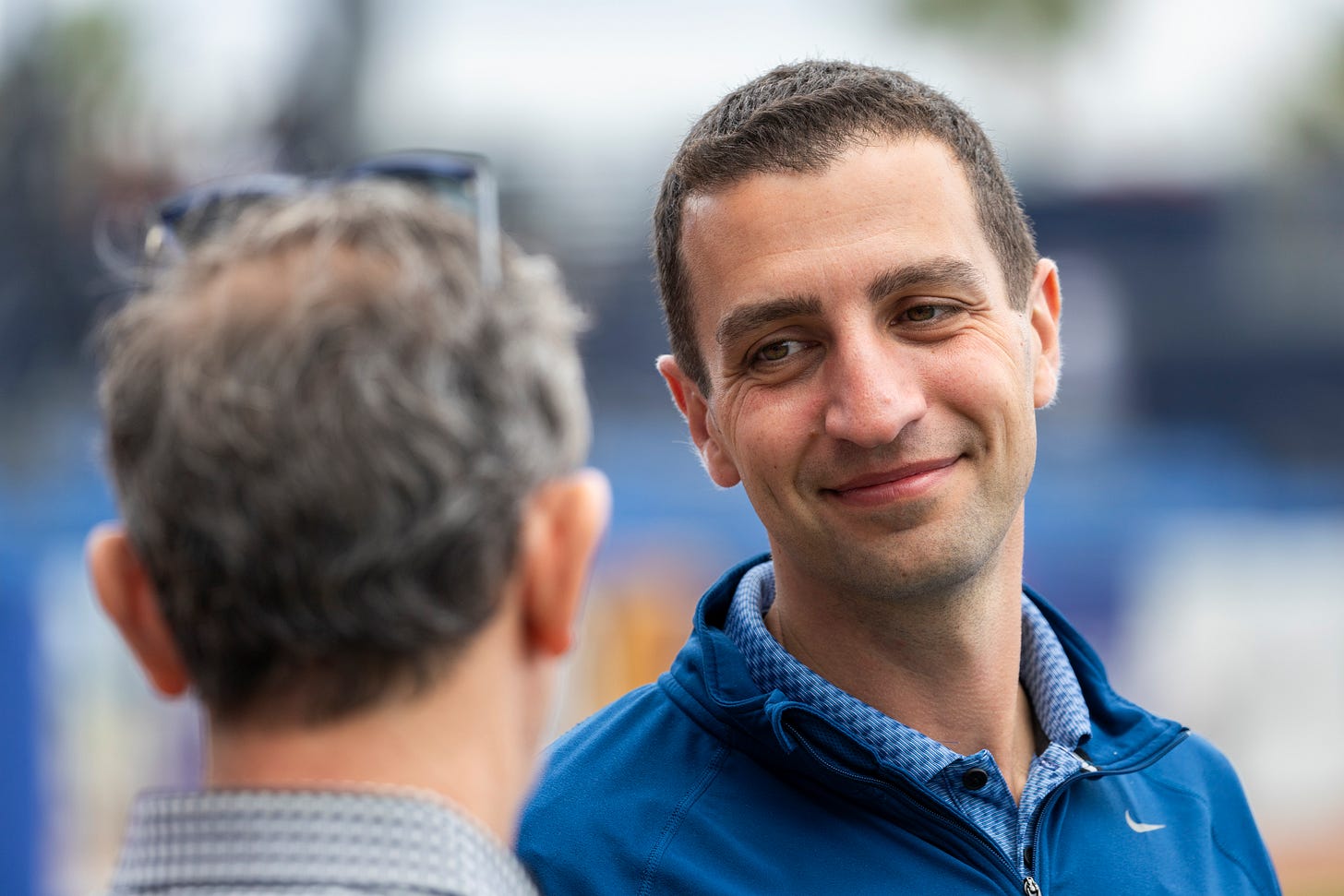
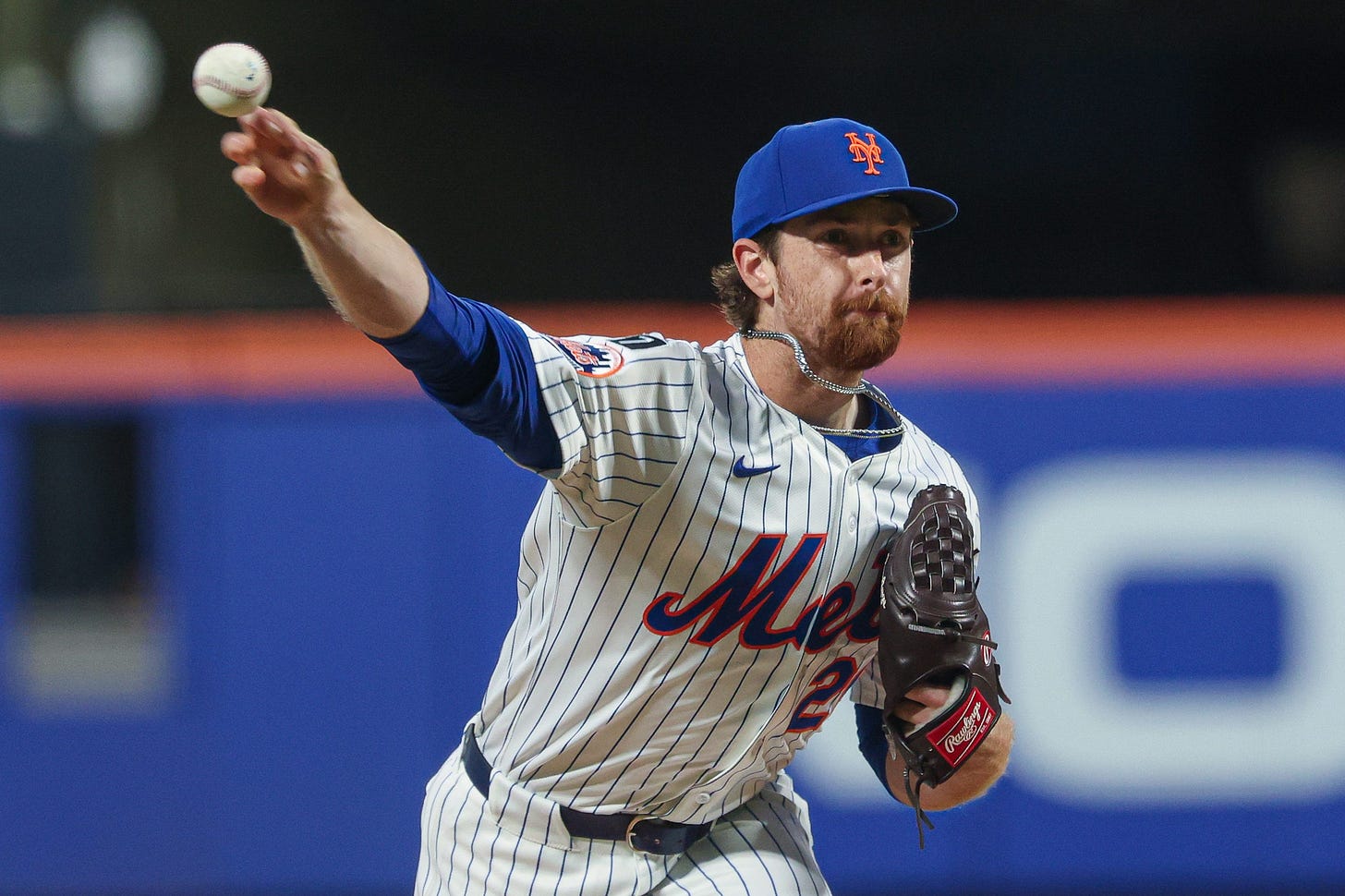
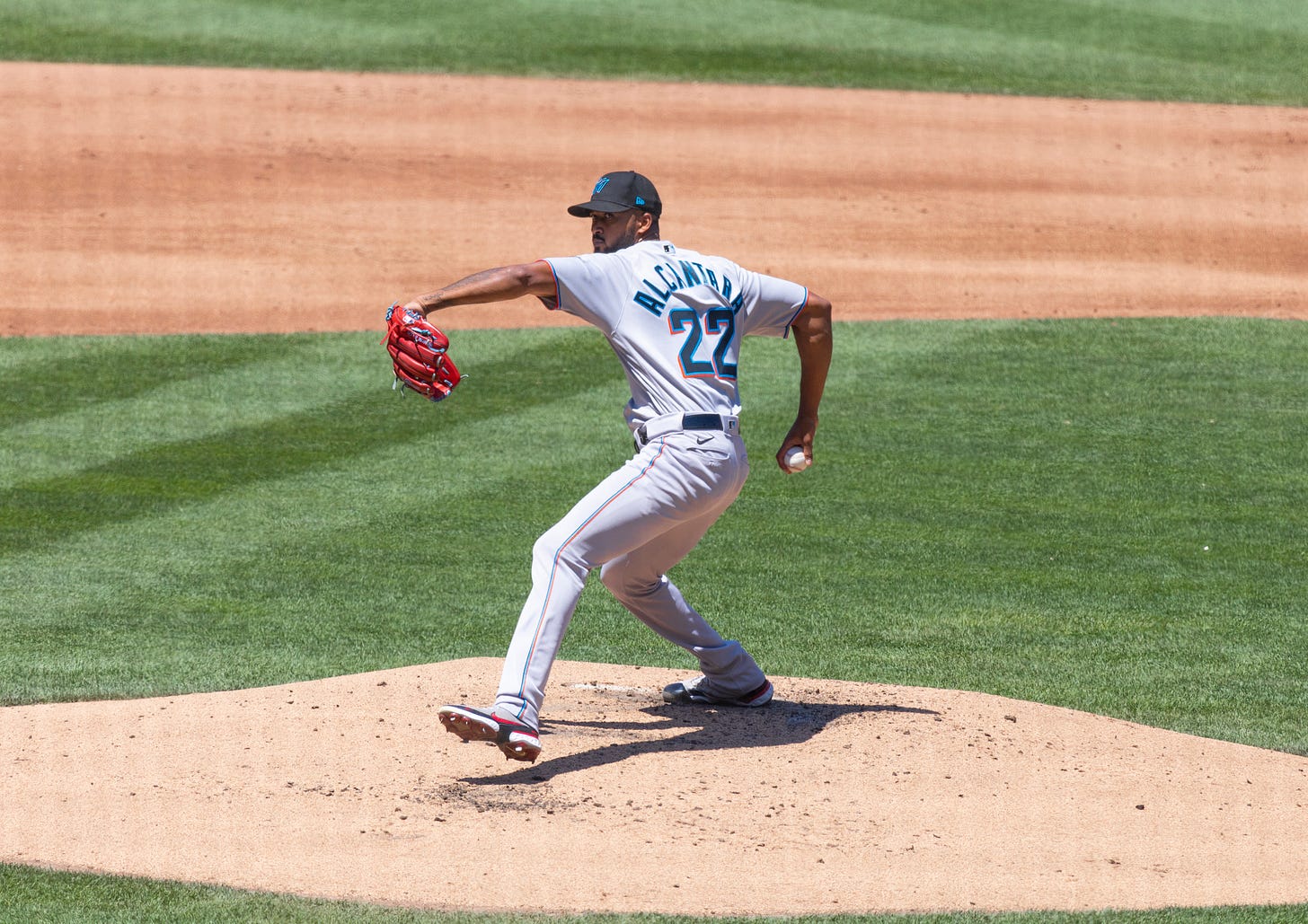
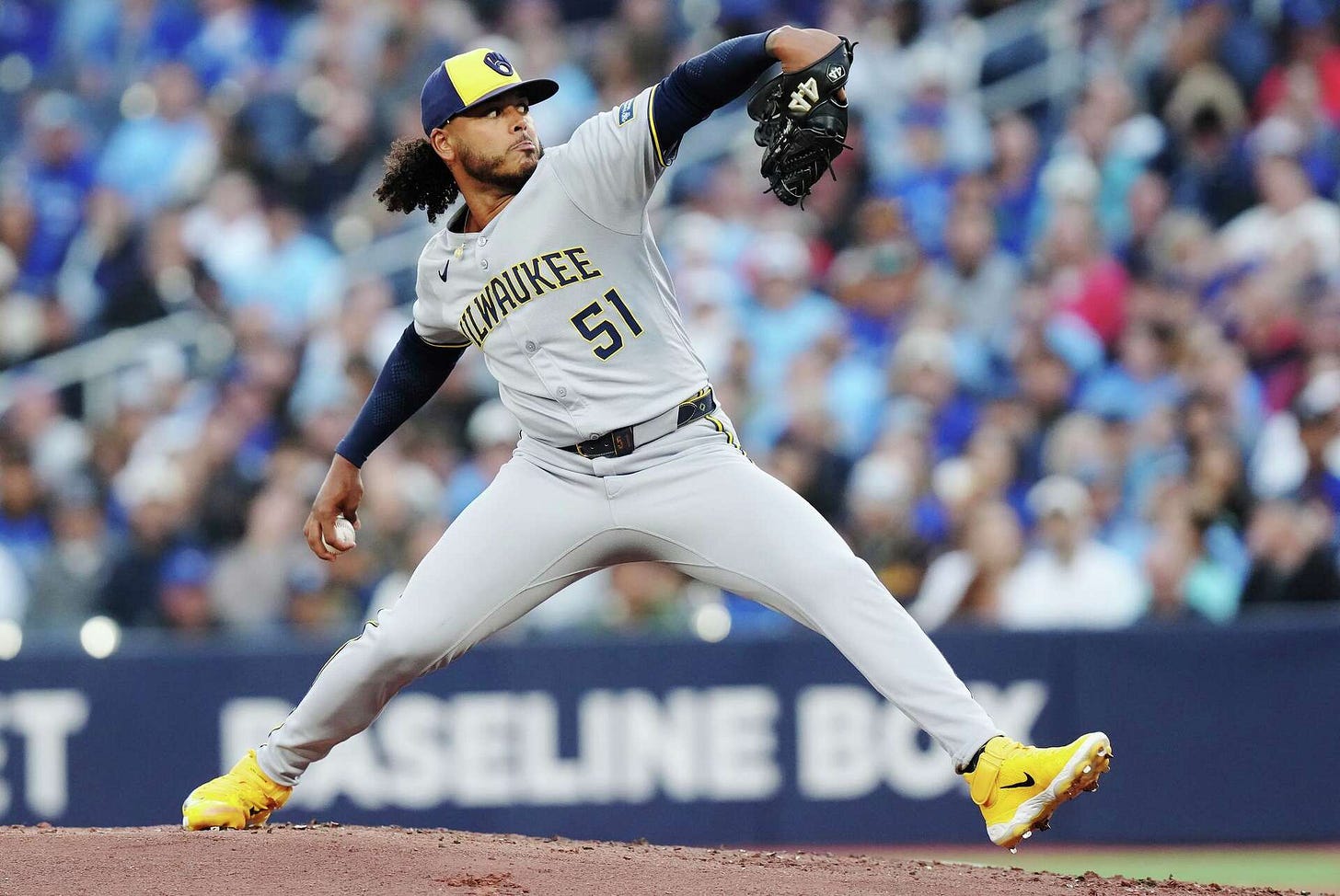
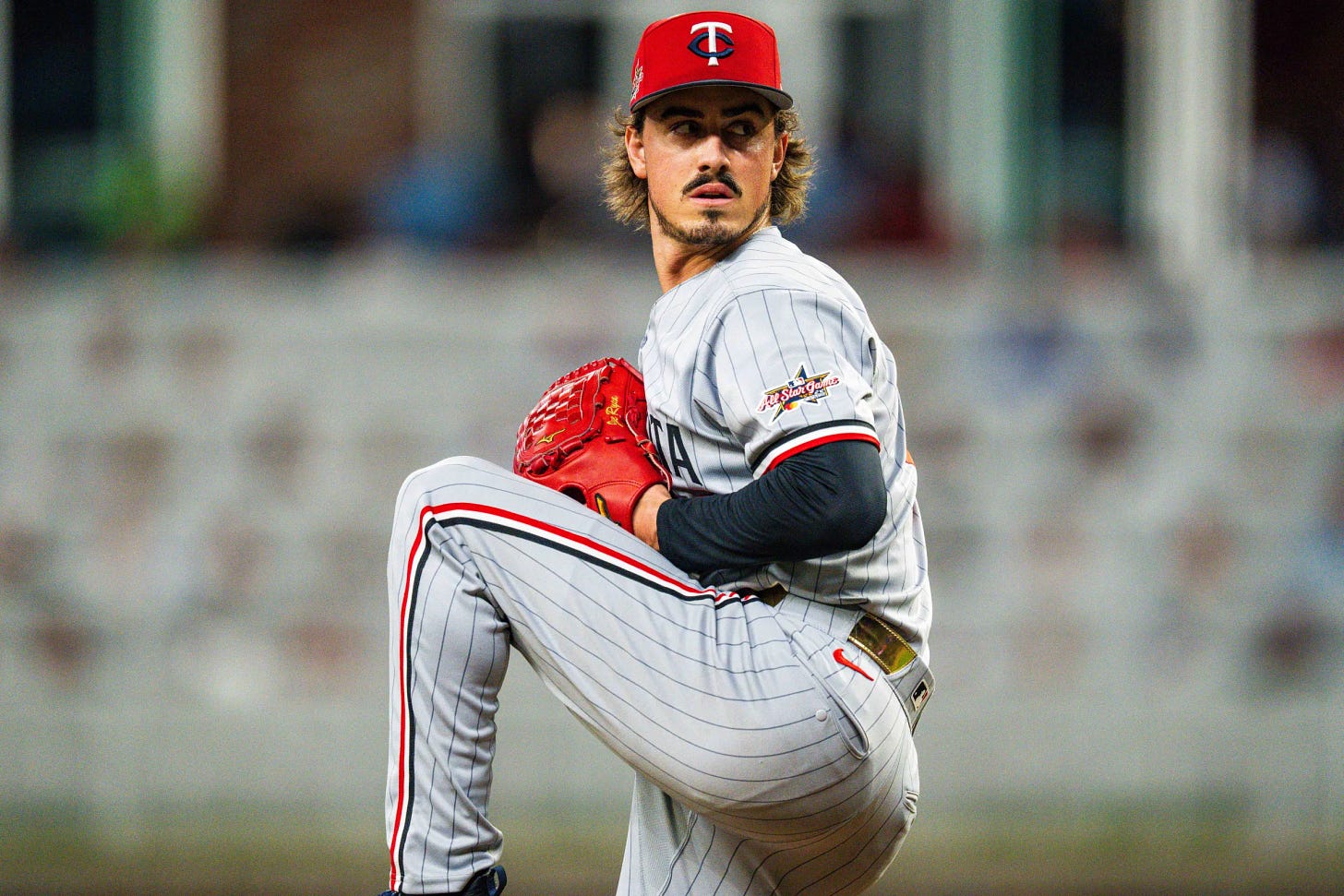
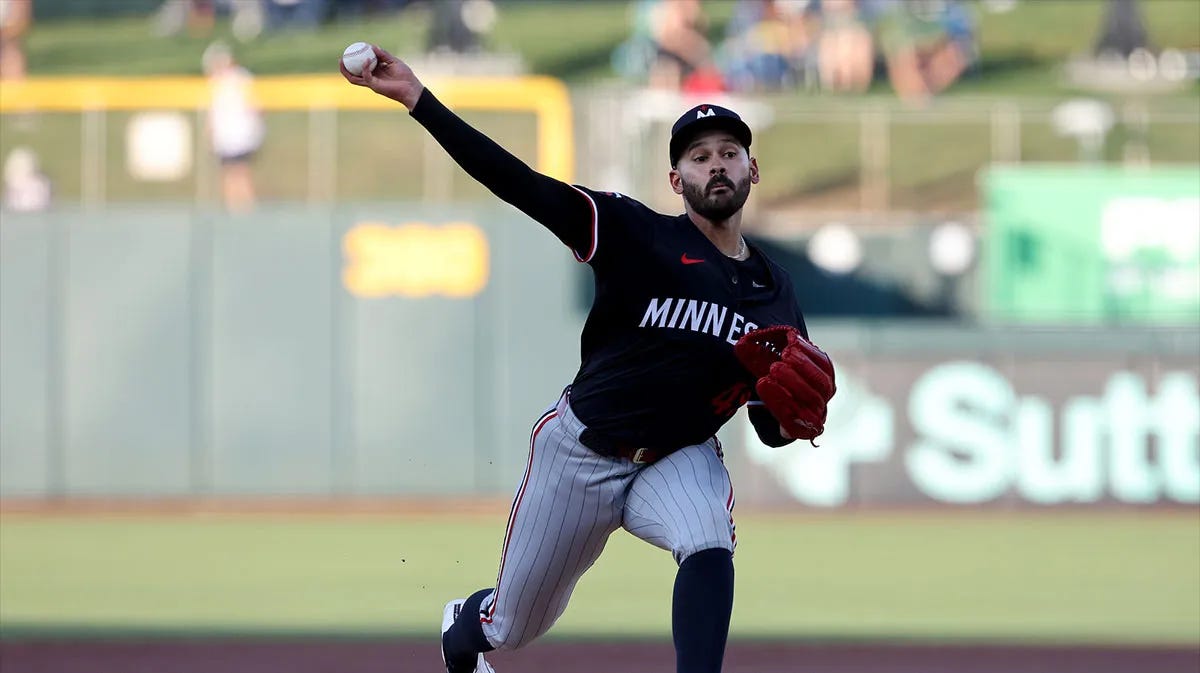
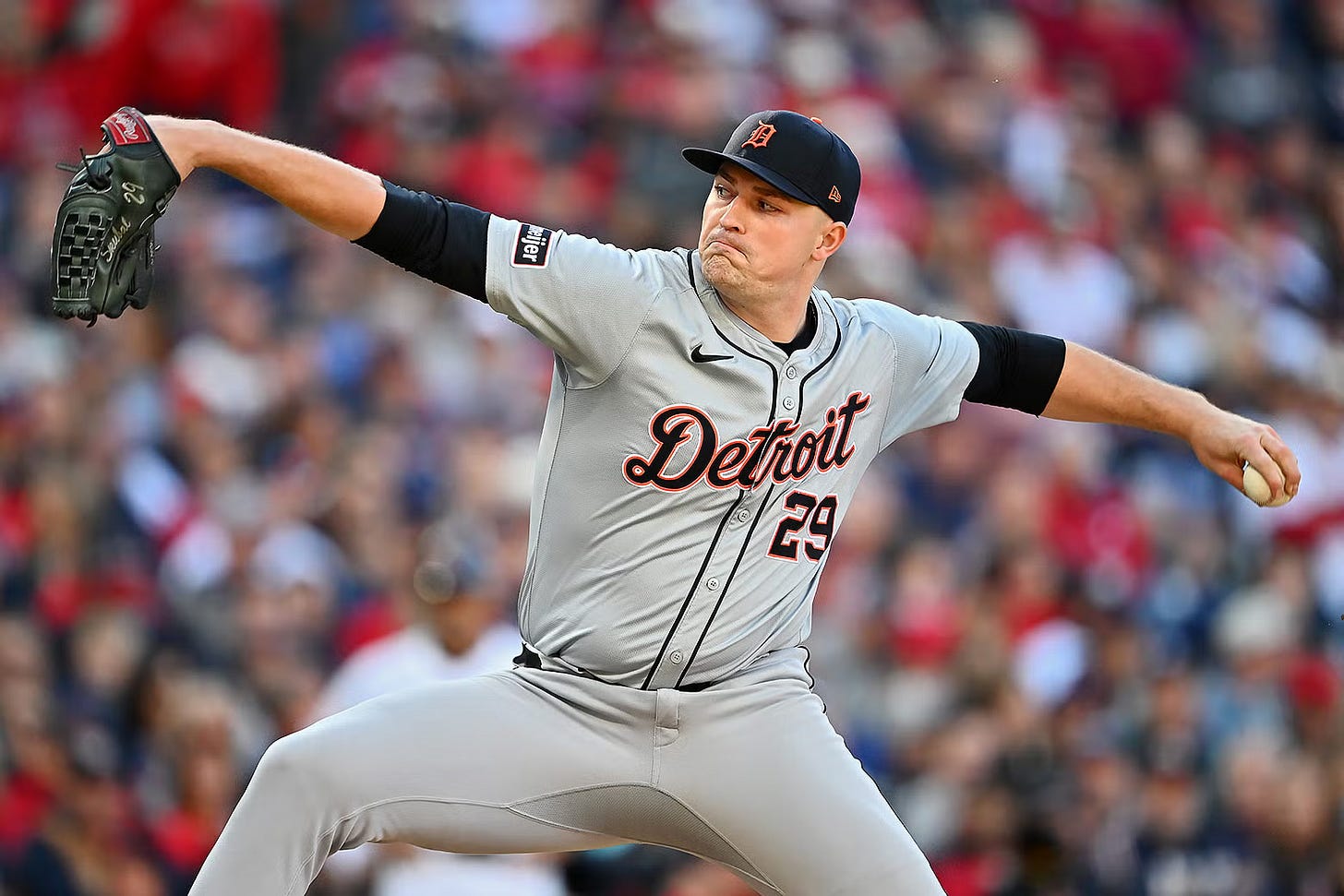
Michael King is the guy I pegged before last season, and I'm going with him again. I like his stuff. He profiles really well in a six-man rotation with McLean, Manaea, Holmes, Peterson and Senga (assuming everyone is healthy).
And if we go with a five-man, he's proven he can handle it, last season's injury notwithstanding.
Speaking of last season, he only had one start all year where he gave up more than three earned runs. That was against us on Sept. 16, when we beat him up pretty good.
So as I see it, we owe the dude: "Hey man, want a job?"
Alcantara seems the most realistic but we’ve been talking about him for a few years now. I admit I don’t know a lot about Ryan. I doubt Skubal gets traded but if he does he’s the guy for sure.